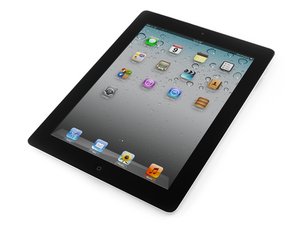Removing digitizer glue residue
I have an iPad2 on which the digitizer was completely shattered and had to be removed piece by piece. I've done this but there is a lot of glue residue left all around the edge of the device. I have the 3M glue pads and I'm ready to install the new digitizer, but I want to remove all the old glue first, some of which still has somevery fine glass shards stuck to it. Is there a solvent I can use to achive this without damaging the device? If not, is there a way to do this so that I've got a clean surface to apply the new glue pads to?
Ist dies eine gute Frage?

 2
2  1
1 
 4
4 